Kurzweil 250 prototype boards (credit: Tim Thompson/Kurzweil Music Systems/Young Chang)
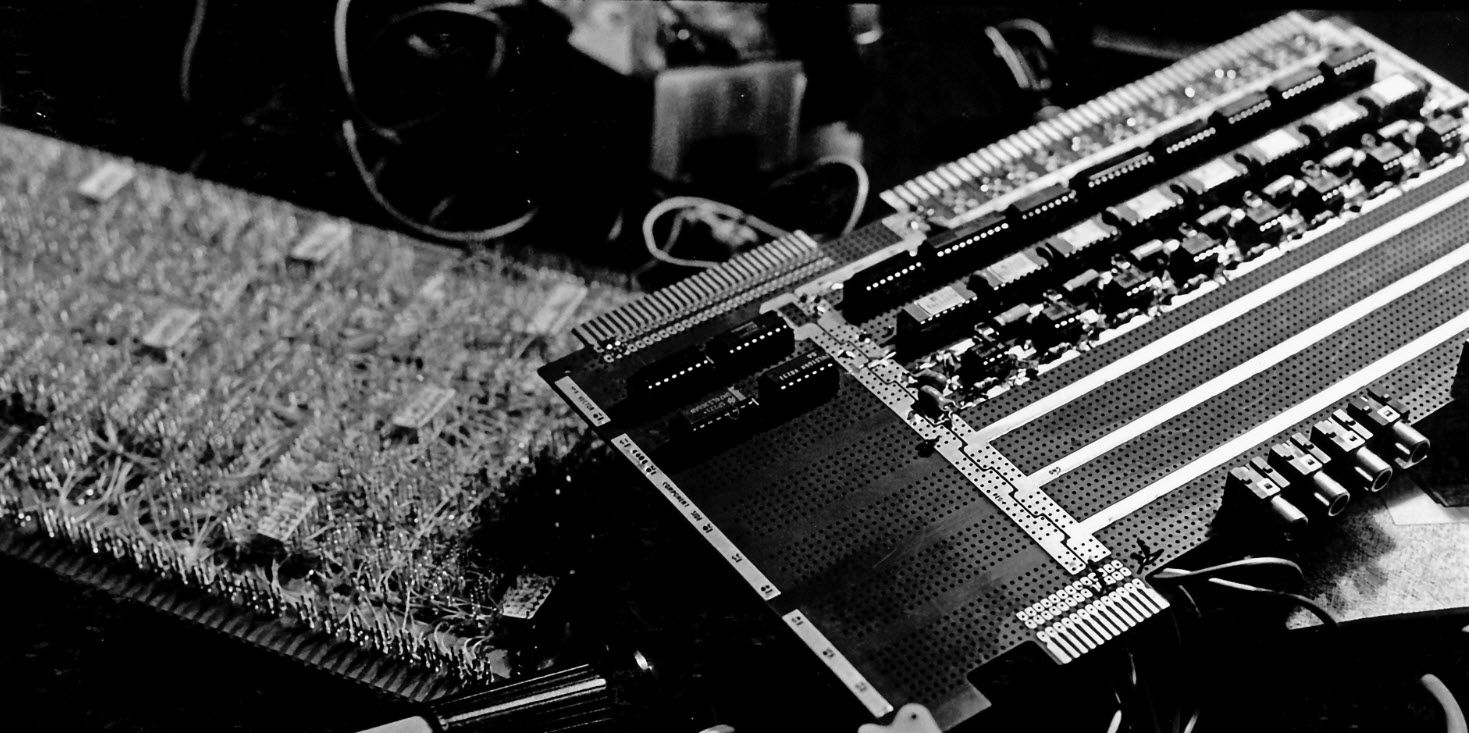

In the Galactic Public Archives film Click Here for Happiness Prof. Yair Amichai-Hamburger contends that even though technology allows us to connect with one another in unprecedented ways, “loneliness is the disease of the 21st century.” From Hamburger’s perspective, communication technology (coupled with human nature) tempts us to mistake superficial connections for meaningful ones, urges us to value quantity over quality. It creates new opportunities for experiencing the best of what it means to be human, but often our interaction with technology suggests something more akin to an addict on a new drug.
Therapist and author Esther Perel uses this film to explore our ‘existential aloneness’ through a different lens. Much as technology continues to open new doors for connection, the rapid cultural changes of the past 100 years allow us to choose the sort of life we wish to live. We make our most important connections by choice instead of having them mandated to us by tradition. But as is the case with technology, sometimes it isn’t clear if we are primed to use these new opportunities to build more fulfilling lives or simply to frustrate ourselves, building a world where more people feel alone.
Has our increased valuing of independence and self-fulfillment created a fatal conflict with the romantic ideal of ‘the couple?’ Can we have it all or do we need to choose between freedom and belonging? Perel isn’t sure that we can have it all, but she thinks that we can carve out a path that delivers more to more of us than would a retreat into tradition. “Let’s not romanticize the past. I don’t think that the fate of women in those marriages was particularly glorious. It seems that quite a few people were waiting to get out.” Perel argues that the only way that the future of ‘the couple’ can be navigated satisfactorily is if we continue to build upon the social progress of the past century. “You need two people who have equal power to have this communication, or to have this negotiation even able to take place without it being a power maneuver. If it doesn’t happen between two emancipated people it [becomes] a power system, which it was throughout history.”
What do you hope to build in a relationship? What connections do you value? What are your boundaries?
What do you hope to find in a relationship? Security or freedom? Adventure or Intimacy? Do you want the connections in your life to serve as aides on your personal journey or do you want to feel you belong to a larger endeavor?
The future is often discussed in regard to technology, but when we look towards our personal futures we tend to think not of gizmos but of relationships. We think of the connections we want to build and experience, and the things that we wish to give the world in return. We think about how the world could be a better place for ourselves as well as those around us. The change we envision is not technological; rather it reflects what we value. In this film, therapist and author Esther Perel argues that the patterns in which we connect, and the conventions that guide how we couple present a window into what our culture really values.
When Perel looks at the ways in which we connect in early the 21st century she sees contradictions. The rapid technological and social shifts of the previous centuries have created conflicts not only within our cultures but also in the hopes and desires of the individual. She finds us looking with one eye to the secure and charted path that the norms of the past seem to offer us. With the other eye we look to the opportunities and fluid freedoms that now seem open to us. Can we coherently (and satisfactorily) reconcile these desires?
What connections do you value?
Find more great videos on the Galactic Public Archives.
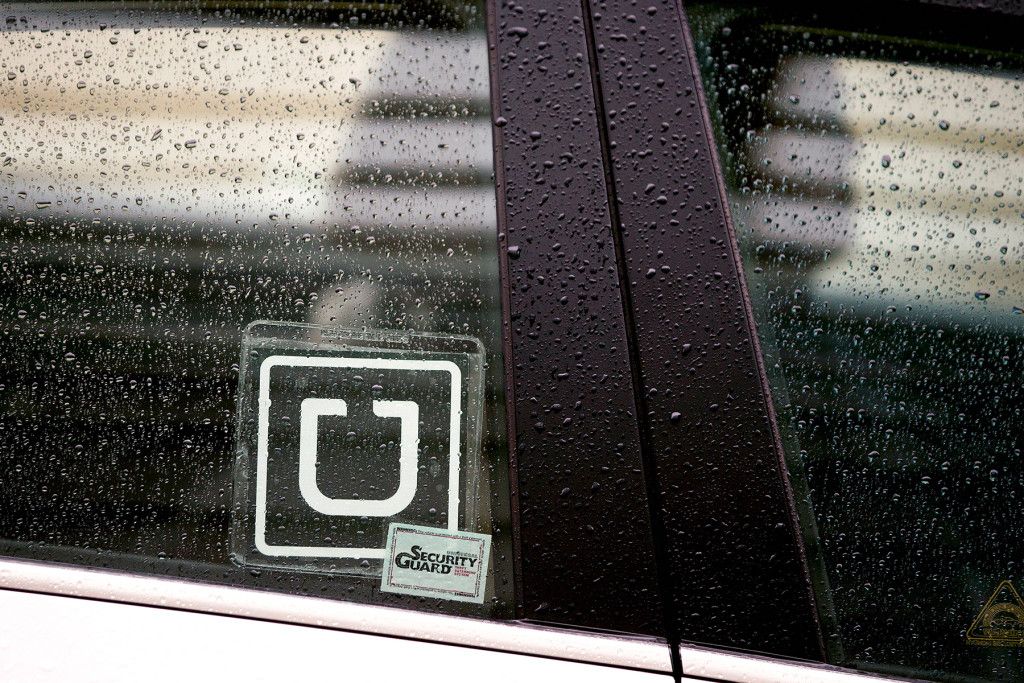
Uber, the multibillion-dollar on-demand rides company, wouldn’t be able to execute its global grand plan without the million drivers who have offered rides on its platform. Over the past five years, the company has relied on myriad tactics to lure new drivers in and keep them happy: rallies, ads, word-of-mouth, even a quarterly magazine. Now it’s trying another strategy: a videogame.
The company today released UberDRIVE, an iOS game that essentially mimics what it’s like to drive for Uber. Players “pick up” passengers and drive them from point A to point B. The more efficient the route they choose, the more points they can rack up in the game. If players earn consistently high ratings, they can unlock new cars and explore new areas of the city. The game also includes fun facts on important landmarks in the city, as well as a “trivia mode” where riders quiz drivers (the player) on certain destinations on the map. At launch, the game only includes a virtual San Francisco, though it’s available to play nationwide. If the game is successful, Uber says it will add new cities to the app soon. Read more
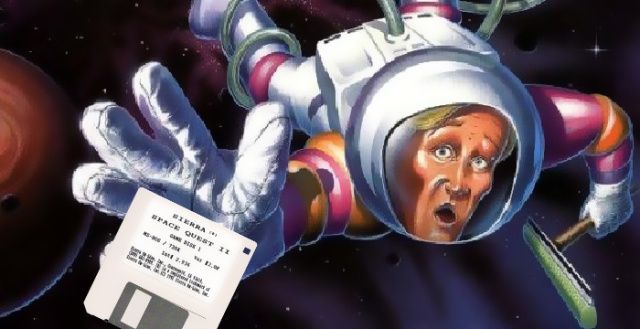
“‘When you’re seeking to preserve a historic house, there may be layers, it may have been lived in by many different people. Mount Vernon had been lived in by George Washington’s descendants, so they made a decision to restore it to George Washington’s time and erase this later history. Do you make the same kind of decision with games?’” Read more
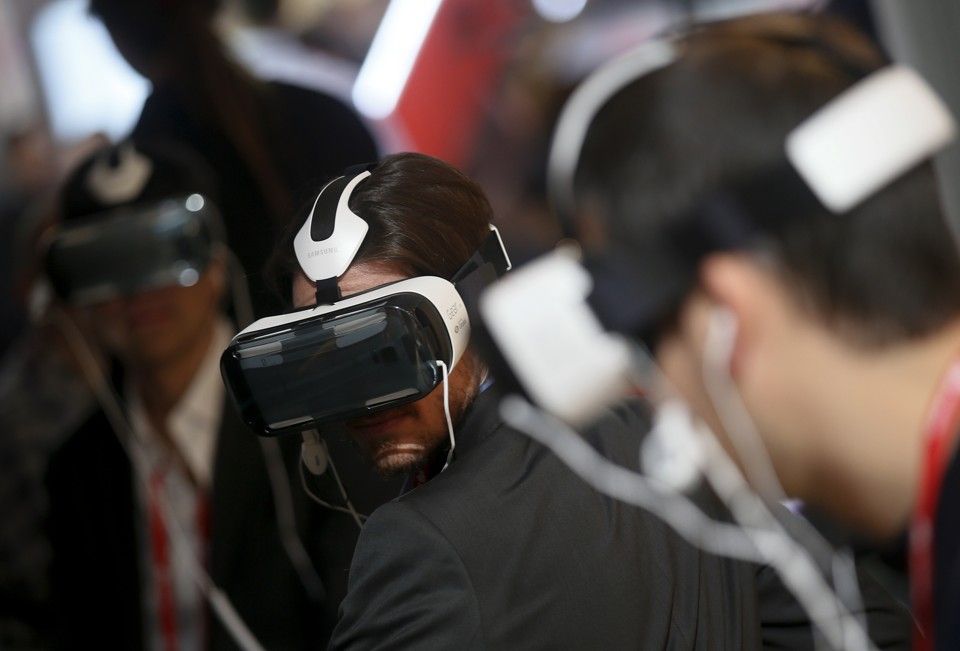
Vannevar Bush’s prediction, half a century later, rings true: “The world has arrived at an age of cheap complex devices of great reliability; and something is bound to come of it.”

“When you consider that one of the most vulnerable targets of violent extremism are kids who don’t have access to education, we really had to try and make the art captivating and yet simple enough to explain the story to someone even if they can’t read the words,” Aftab told Hyperallergic.
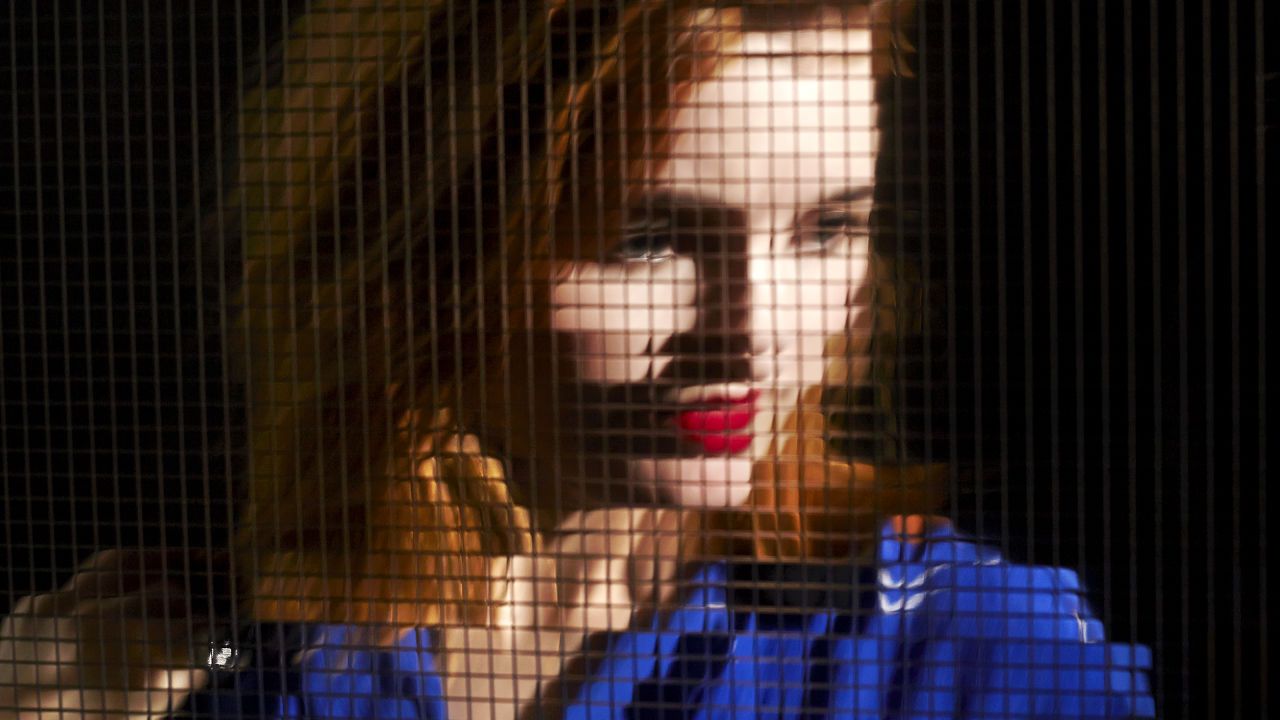
“We are interested in now, most of us,” says Robert Grass, a researcher in chemistry at ETH Zurich. “We buy our furniture in Ikea. We don’t care if in 10 years it falls apart. With information it is similar. We don’t think into the future.”
But Grass isn’t like most of us. His team, which is exploring how to use DNA as a data storage mechanism, is one of several academic and commercial entities grappling with the challenge of protecting data against the elements over time spans stretching out to millions of years. Read more
“The internet didn’t create this kind of story: in fact, it’s probably the oldest narrative form of all. This is narrative as a rolling multitude of voices; a story that has no controllable ending, fading instead into a network of other tales told by a network of other people. It is the narrative of everyday life, of friends we know well and not-so-well, and the ways we use their narratives to prop up our own. We know this kind of story as deeply as we know language. This has huge implications for writers. It reveals that we’re not as keen on neat narrative arcs and emotional closure as we thought we were.” Read more

Hal Hodson | New Scientist“The focus is on medical applications to begin with…but the fact that it can sit discreetly behind an ear means that all kinds of other applications are feasible. No one wants to wear a headset constantly, but applying a hidden electronic tattoo once every two weeks is more acceptable.” Read more